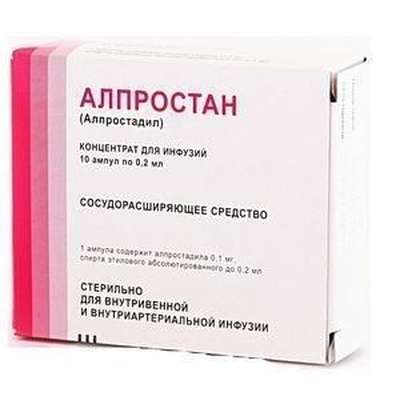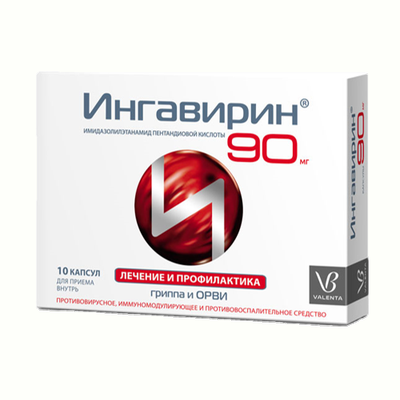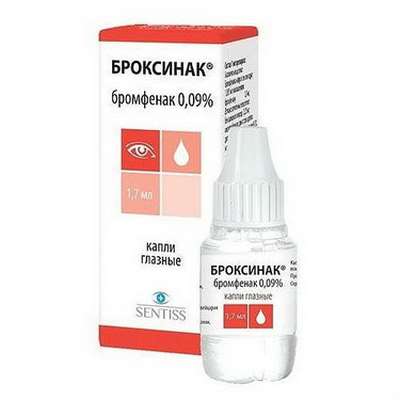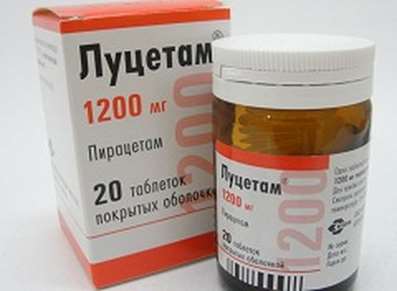Instruction for use: Ambroxol
I want this, give me price
Latin name of substance Ambroxol
Ambroxolum (genus. Ambroxoli)
Chemical name
trans-4 - [[(2-Amino-3,5-dibromophenyl) methyl] amino] cyclohexanol (as hydrochloride)
Gross formula
C13H18Br2N2O
Pharmacological group of substance Ambroxol
Secretolytics and stimulators of motor function of the respiratory tract
The nosological classification (ICD-10)
J18 Pneumonia without specification of pathogens: Alveolar pneumonia; Community-acquired pneumonia atypical; Community-acquired pneumonia non-pneumococcal; Pneumonia; Inflammation of the lower respiratory tract; Inflammatory lung disease;Shared pneumonia; Respiratory and lung infections; Infections of the lower respiratory tract; Cough with inflammatory diseases of the lungs and bronchi; Croupous pneumonia; Nosocomial pneumonia; Exacerbation of chronic pneumonia; Acute community-acquired pneumonia; Acute pneumonia; Focal pneumonia; Pneumonia abscessing; Pneumonia bacterial; Pneumonia croupy; Pneumonia of focal; Pneumonia with difficulty in sputum discharge; Pneumonia in AIDS patients; Pneumonia in children; Septic pneumonia; Chronic obstructive pneumonia; Chronic pneumonia; Lymphoid interstitial pneumonia
J20 Acute bronchitis: Acute bronchitis; Acute bronchial disease; Disease of the bronchi; Viral bronchitis; Infectious bronchitis
J42 Chronic bronchitis, unspecified: Recurrent bronchitis; Asthmatic bronchitis; Asthmatic bronchitis; Bronchitis chronic; Inflammatory respiratory disease; Disease of the bronchi; Qatar smoker; Cough with inflammatory diseases of the lungs and bronchi; Exacerbation of chronic bronchitis; Chronic bronchitis; Chronic Obstructive Pulmonary Disease; Chronical bronchitis; Chronic bronchitis of smokers; Chronic spasmodic bronchitis; Allergic bronchitis; Bronchitis allergic
J44.9 Chronic obstructive pulmonary disease, unspecified: Obstructive pulmonary pathology; Bronchial obstruction; Bronchoobstructive syndrome; Exacerbation of chronic obstructive pulmonary disease; Reversible bronchial obstruction; Reversible airway obstruction; Panbronchiolitis; Panbronchitis; COPD; Chronic lung infection; Chronic infection of the lower respiratory tract; Chronic obstructive pulmonary disease; Chronic obstructive pneumonia; Chronic lung diseases; Chronic Obstructive Pulmonary Diseases; Chronic bronchopulmonary disease; Chronic broncho-pulmonary diseases; Obstruction of the respiratory tract
J45 Asthma: Asthma physical effort; Asthmatic conditions; Bronchial asthma; Bronchial asthma of light course; Bronchial asthma with difficulty in sputum discharge; Bronchial asthma of severe course; Bronchial asthma physical effort; Hypersecretory asthma; The hormone-dependent form of bronchial asthma; Cessation of asthma attacks in bronchial asthma; Non-allergic bronchial asthma; Night Asthma; Exacerbation of bronchial asthma; Attack of bronchial asthma; Endogenous forms of asthma; Night attacks of asthma; Cough with bronchial asthma
J47 Bronchoectatic disease [bronchiectasis]: Bronchoectasia; Bronchiectases; Bronchoectatic disease; Infected bronchiectasis; Panbronchiolitis; Panbronchitis
P22 Respiratory distress in a newborn [distress]: Respiratory distress syndrome in newborns; Respiratory distress syndrome of newborns; Respiratory distress syndrome in premature infants; Distress syndrome in premature newborns; Post-fixation state in newborns; Respiratory distress in newborns; Syndrome of respiratory disorders; Disease of hyaline membranes
R09.3 Sputum: Bronchial asthma with difficulty in sputum discharge; Isolation of viscous sputum; Viscous sputum; Sputum production; Hyper secretion of bronchial glands; Thick sputum; Blockage of bronchial tubes with mucosa; Difficulty getting away from sputum; Difficulty in sputum separation; Difficult sputum separation in acute and chronic respiratory diseases; Obstructed sputum discharge; Cough with hard-to-remove viscous sputum; Cough with hard-to-recover sputum; High-viscosity sputum; Poor sputum discharge; Difficult viscous sputum; Difficult sputum; Difficult secret bronchial secretion;Hardly segregated viscous secret; Inflammatory diseases of the upper respiratory tract with difficult to separate sputum
CAS code
18683-91-5
Characteristics of the substance Ambroxol
White crystalline powder odorless, slightly bitter taste.
Pharmacology
Pharmacological action - expectorant, mucolytic.
Stimulates the formation of a tracheobronchial secretion of reduced viscosity due to a change in the structure of mucopolysaccharides of sputum and increases the secretion of glycoproteins (mukokinetic effect). Stimulates motor activity of cilia of ciliated epithelium and improves mucociliary transport; increases synthesis, secretion of surfactant and blocks its disintegration.
Sufficiently absorbed in any way of administration. The liver undergoes biotransformation, forms dibromantranilic acid and glucuronic conjugates. In the form of water-soluble metabolites 90% excreted in urine; in the unchanged form only 5% is deduced. T1 / 2 increases with severe renal failure, but does not change if the liver function is impaired.
Application of Ambroxol
Diseases of the respiratory tract with the formation of viscous sputum: acute and chronic bronchitis, pneumonia, COPD, bronchial asthma with difficulty in sputum discharge, bronchiectatic disease. Respiratory distress syndrome in premature infants and newborns.
Contraindications
Hypersensitivity, peptic ulcer of the stomach and duodenum, convulsive syndrome, violation of bronchial motility, large amounts of secreted secret (the risk of stagnation of the secretion in the bronchi), pregnancy (I trimester), breast-feeding.
Restrictions on the use
Renal and / or hepatic insufficiency, pregnancy (II and III trimester).
Application in pregnancy and lactation
Contraindicated in the first trimester of pregnancy, in the II and III trimester is possible, if the expected effect of therapy exceeds the potential risk to the fetus. For the duration of treatment, breastfeeding should be discontinued.
Side effects of Ambroxol
On the part of the digestive tract: rarely - diarrhea / constipation; with prolonged use in high doses - heartburn, gastralgia, nausea, vomiting.
Allergic reactions: skin rash, hives, angioedema; in some cases - allergic contact dermatitis, anaphylactic shock.
Other: rarely - weakness, headache, dryness of the oral mucosa and respiratory tract, exanthema, rhinorrhea, dysuria; with a rapid on / in the introduction - a feeling of numbness, intense headache, adynamia, lowering blood pressure, shortness of breath, hyperthermia, chills.
Interaction
Joint use with antitussive drugs can lead to difficulty in getting away from sputum while reducing cough. Increases the penetration into the bronchial secret of amoxicillin, cefuroxime, erythromycin and doxycycline. Solution for injection is pharmaceutically incompatible (in one syringe) with solutions of medicines, the pH of which exceeds 6.3
Overdose
Symptoms: increased salivation, nausea, vomiting, lowering blood pressure.
Treatment: gastric lavage in the first 1-2 hours after ingestion, intake of fat-containing products; it is necessary to monitor the parameters of hemodynamics and to carry out symptomatic therapy if necessary.
Routes of administration
Inside, IM, SC, IV (slowly struino or drip), inhalation.
Precautions for the substance Ambroxol
Do not combine with other antitussive drugs that make it difficult to withdraw phlegm.

 Cart
Cart





